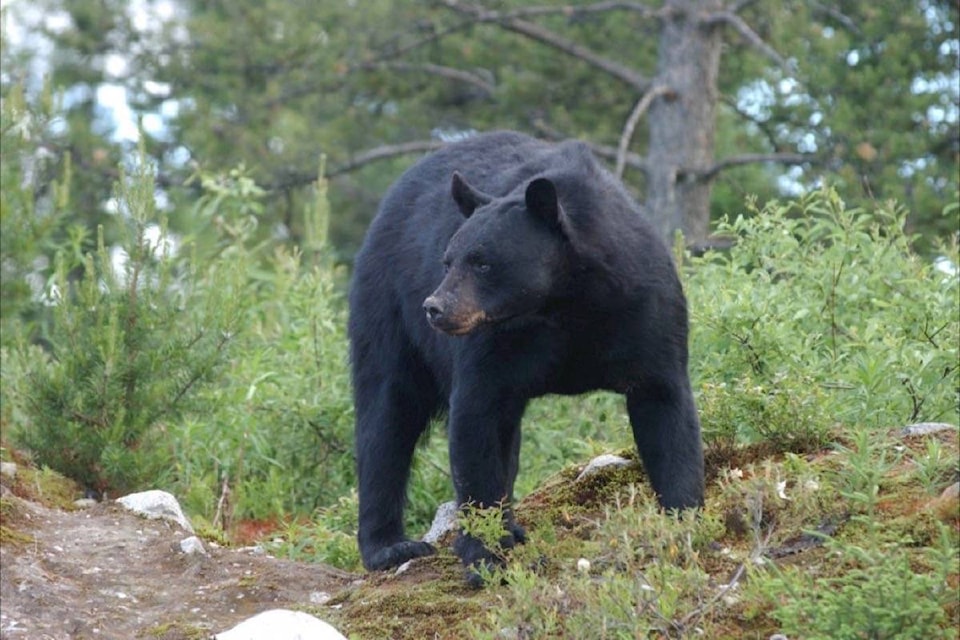When itB��Ԫ������ַ�s cold outside, most of us are lucky to have heated homes to help us warm, but how do wild animals survive? Hibernation or B��Ԫ������ַ�winter sleepB��Ԫ������ַ� is the state of inactivity or low metabolic process animals perform during winter.
During hibernation, an animal appears to be dead; its heart rate, body temperature and movements slow down. The jumping mouse, little brown bat, the eastern chipmunk, some species of ground squirrels, and a bird called the grey and white Poorwill are all considered true hibernators.
Hibernators have regular white fat and special brown fat. The brown fat around the animalB��Ԫ������ַ�s brain, heart and lungs sends a quick burst of energy to the vital organs telling it when itB��Ԫ������ַ�s time to wake up.
Bears, in contrast, do not hibernate but rather go into torpor. Torpor is a state of decreased physiological activity in an animal, usually marked by a reduced body temperature and metabolic rate. Bears, raccoons, and skunks are all "light hibernators" that use torpor to survive the winter. Bears are especially unique as they do not eat, drink, urinate or defecate for up to six months during their winter sleep.
Most B.C. black and brown bears den for four to six months every year, entering the den in November or December and emerge in March or April. Vancouver Island bears may hibernate for a much shorter time.
The main difference between hibernation and torpor is during torpor the animal can wake up quickly to avoid danger or if there is an opportunity to feed.
Another type of hibernation is when an animal or bird becomes dormant daily to conserve energy. They may not have consumed enough food to get through the day, so they just shut down. Hummingbirds and the little brown bat use this adaptation.
Brumation is another form of becoming dormant and is like hibernation but for reptiles and amphibians. Ectothermic or B��Ԫ������ַ�cold-bloodedB��Ԫ������ַ� animals such as fish, frogs, snakes and turtles burrow themselves in the mud or under leaves and rocks in the winter. Insects find shelter in holes in the ground, under the bark of trees or inside rotting logs.
These coping strategies enable animals to survive weather extremes. You can learn more about wild animals by visiting the North Island Wildlife Recovery Centre.
NIWRA, a non-profit organization, is situated in Errington, B.C. We are open to the public daily for viewing of non-releasable animals. Please visit our website at www.niwra.org to learn more about our programs, read stories about our animals, and learn how you can help care for wildlife.



